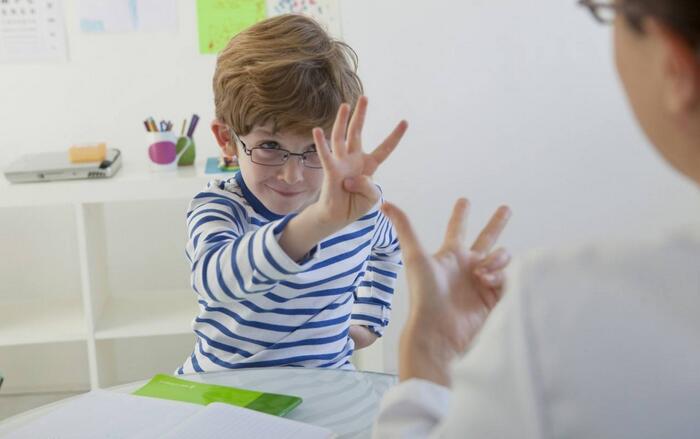(单词翻译:单击)
Kids learn to count on their fingers, because they’re so, well, handy!
小孩通过数手指学习算数,因为这种方法确实很方便。
And it makes sense–most number systems originally developed as people counted using their fingers.
那么,最初的数字系统是从手指算数发展而来的说法也就讲得通了。
The counting system of native Greenlanders not only uses all ten fingers, but all ten toes as well!
古格陵兰岛人的算数系统不仅会用到十个手指,甚至还有十个脚趾!

Here’s how it works. The Greenlandic word for the number seven translates as, “second hand, two.”
以下为这种算数方式的原理。格陵兰语中,数字7翻译为“第二只手,两根手指。”
That means you count five on the first hand and add two from the second, to make seven.
数字7是第一只手的五个手指,再加上第二只手的两根手指。
After you run out of fingers, go for the toes. Thirteen translates as “first foot, three.”
如果手指不够用,那就加上脚趾。数字13翻译为“第一只脚,三只脚趾。”
That means you add all ten fingers plus three toes.
数字13是十个手指再加上三个脚趾。
The counting system we use has a base of ten.
我们使用的计数系统是十进制的。
Larger numbers are simply multiples of ten.
较大的数字用10来乘。
For example, ten tens make one hundred.
比如,10个10就是100.
译文为可可英语翻译,未经授权请勿转载!


